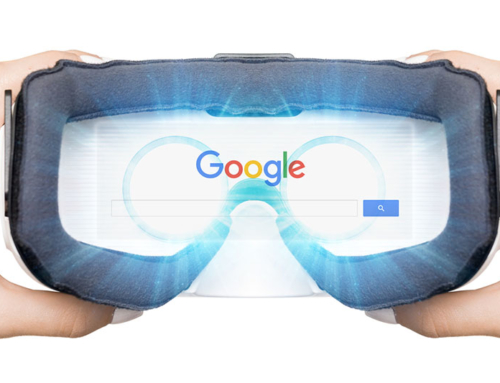
As I have discussed in a previous blog (Learn Chinese to beat Dyslexia?) there are parts of the Chinese Language that may actually be more suited to Dyslexics than phonetic languages like English. Associating pictures with sounds and meaning, in some cases can be easier than: working out what sound a cascade of phonetic symbols make, creating a sound from that deciphered symbol code, inputting that sound into our mental database, drawing the associated meaning to that sound from our mental database to complete the process of reading a word.
Any academics reading this are probably screaming at their screen right now as this is a hugely simplified account of the reading process. Research shows that much of the words we process are recognised by their shape as well as the letters contained within them; this is one of the reason road signs always start with capital letters. Apparently our brains can recognise the shape of words more quickly when there is a mixture of upper and lower case characters.
In my case I read pretty slowly and much of what I read, I assume, is processed by recognising the shape of the word rather than the letters it contains. This works great most of the time but problems arise when I come across a word I’ve never seen before, my reading comes to a halt and the laborious process I’ve described above kicks into action. Yesterday I was sitting in traffic and as I looked at my surroundings, I noticed a restaurant I’d never seen before, The Amalfi. I’ve heard of the Amalfi Coast in Italy, I’ve even looked at it on maps, but I’d never seen the word in print before. So after ignoring my normal reflex reaction when I see a word that I can’t pronounce; skip it, continue reading and hope the context of the text brings some enlightenment. I decided to grapple with the word in question. I cycled through the possibilities, Ama-lfi, Am-alfi, Am –alfi, Am-al-fi, Am-al –fi, Amalfi. Ooooooh! Amalfi! As in the Amalfi Coast! I so could have done with a symbol in that situation.
Ok, so my argument has holes in it. If I were reading a symbol based language, chances are I may have not recognised the symbol that depicted the Amalfi Coast. This is a big flaw with the Chinese language. Although there are clues within each character, if you’ve never seen a character before, you are sometimes forced to look that word up in a Chinese dictionary. Now I could go into the in’s and out’s of using a Chinese dictionary but, that’s a whole other blog post.

Anyway the reason I started this particular blog post was because I came across this intriguing article in The Economist. It say’s that research from Hong Kong University shows that as well as being Dyslexic in both English and Chinese, there could be cases where a bilingual Dyslexic could be Dyslexic in one language and not in the other! How awesome would that be, to be struggling one day in English, but be able to think, ‘ah well tomorrow I’ll be fine as I’ll be writing in Chinese.’ Also if this was the case, would the Dyslexic pros follow the language you were thinking, speaking and writing in? For instance would you be more creative in one language than the other one or be a better problem solver depending on which language you were talking in? The theory proposed by Wai Ting Siok of Hong Kong University doesn’t take all these possibilities into account. It only studies abnormalities in brain function while a participant is reading. As we all know Dyslexia is so much more than your ability to read and write. That said, this article is still a fascinating read.
If you like this post subscribe to this blog, join our newsletter or follow us on Facebook or Twitter to keep up to date with new content. You might also like our podcasts.
The Codpast is a multimedia production from www.extraordinaire.tv








Leave A Comment